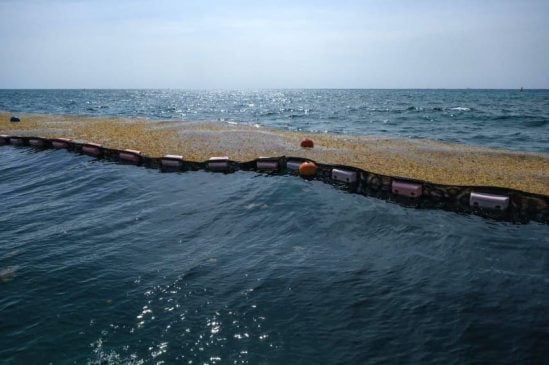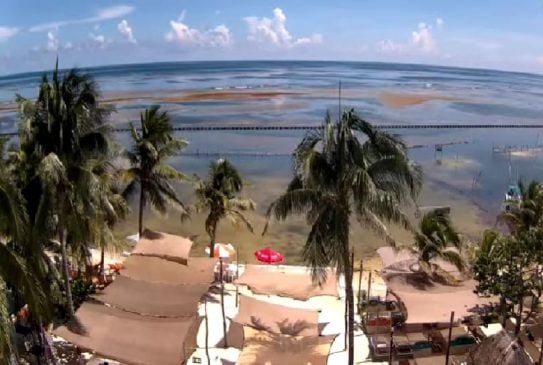Riviera Maya, Q.R. — Heavy masses of sargassum that have been captured on satellite flowing toward the coast has eased. For months, the amounts of incoming sargassum has been rated as “high” (alto) by Semar (Secretaría de Marina) who participates in the monitoring of the satellite images in the Caribbean Sea.
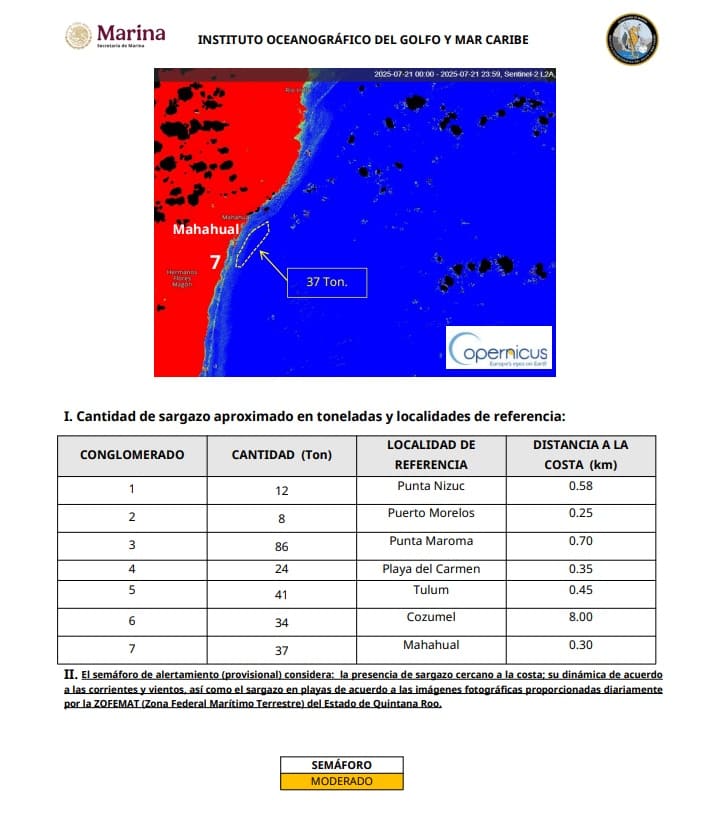
Satellite images captured by the state’s Sargassum Monitoring Centre this week, however, shows a significant decline. Sargassum making its way toward the coast is now rated as “moderate” (moderado) and is appearing to be widely spread.
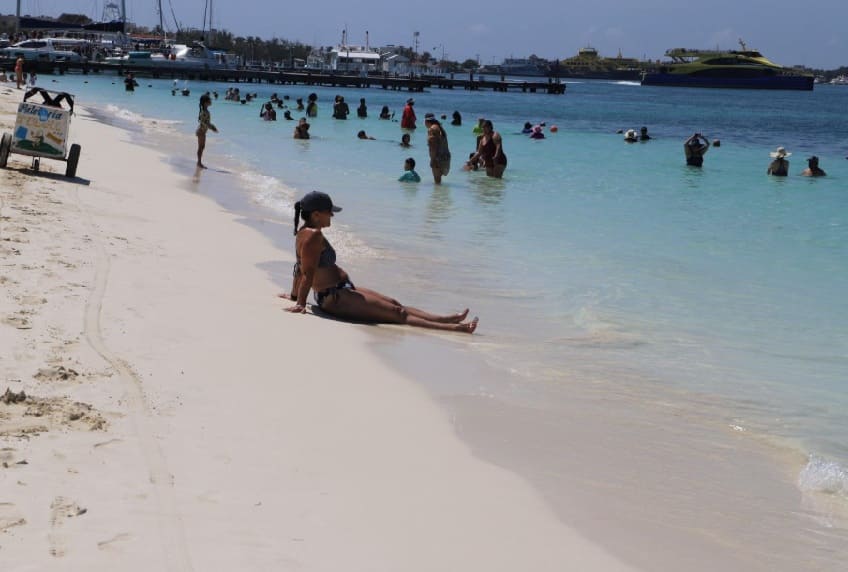
For the past week, a majority of the coast has enjoyed sargassum-free beaches and clear water due to the lessened arrival of seaweed. Any sargassum that has made landfall has been removed due to a heads-up by personnel in the Cancun Sargassum Monitoring Centre.
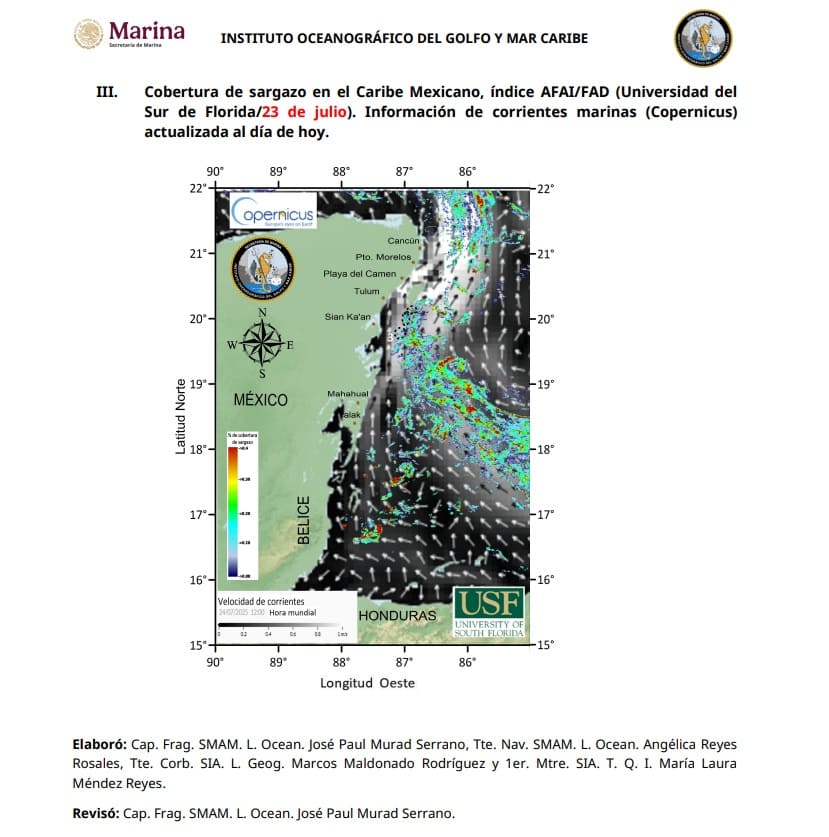
The last inundation was July 18 when, according to Mayor Yensunni Martínez, over 100 tons landed on the southern beach areas of Mahahual, all of which was removed the following day. “With the strength of a great team, we collected more than 100 tons of sargassum from the beaches of our beautiful community of Mahahual,” she said regarding their last mass cleanup.

That same landing also affected the east coast of the island of Cozumel. Eastern island sand was left covered in sargassum. A two day clean organized by the city saw the removal of the seaweed.
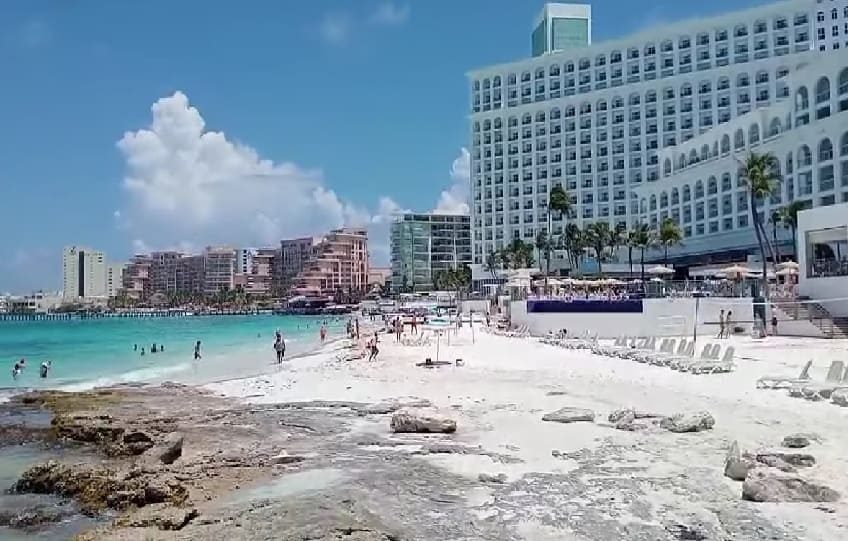
In June, Quintana Roo launched the first Sargassum Monitoring Center in Mexico. It is the first of its kind in Latin America and is a monitoring system that uses advanced technology to observe the behavior of sargassum in real time.
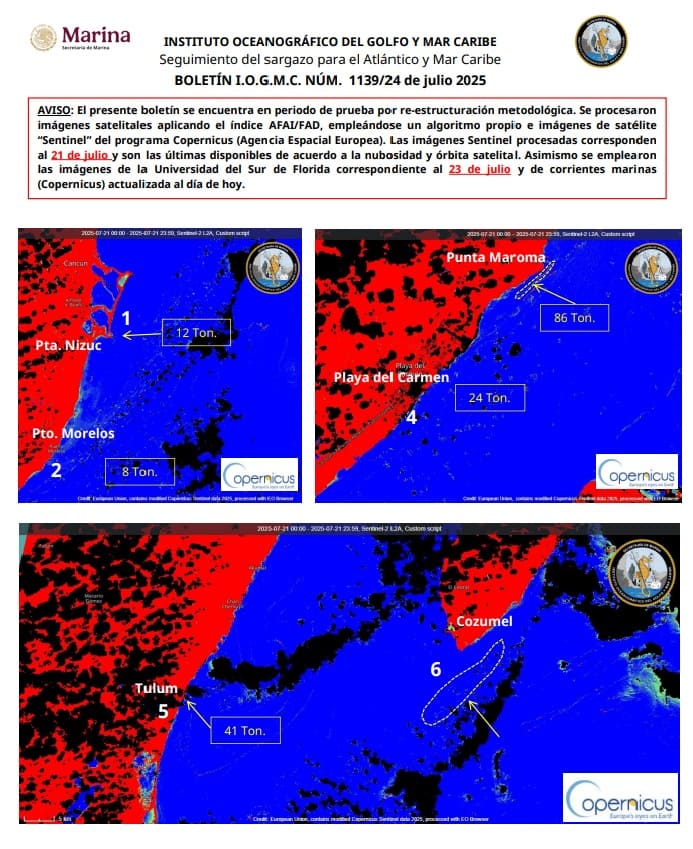
According Director hydrobiologist Esteban Amaro, the Centre has the technical and human capacity that places it above platforms used by institutions such as the University of South Florida (USF), which develops oceanographic analysis and modeling to detect large patches of sargassum and generate alerts and risk assessments of massive groundings.
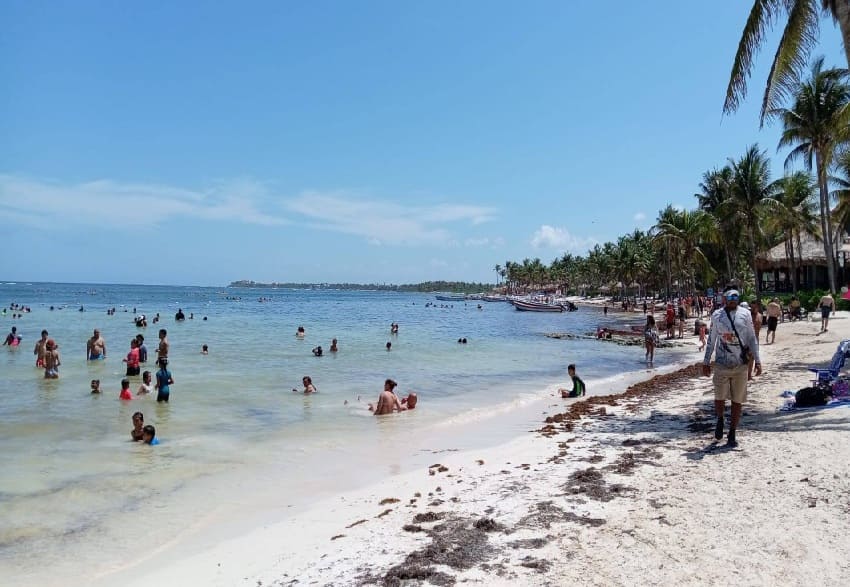
“We are the first Centre in Latin America and the first Centre in the Caribbean Basin as far as I know. I’ve had the opportunity, as part of the Caribbean Monitoring Network, to travel to different countries and have learned that this is one of the biggest shortcomings they have. They don’t have access to information.
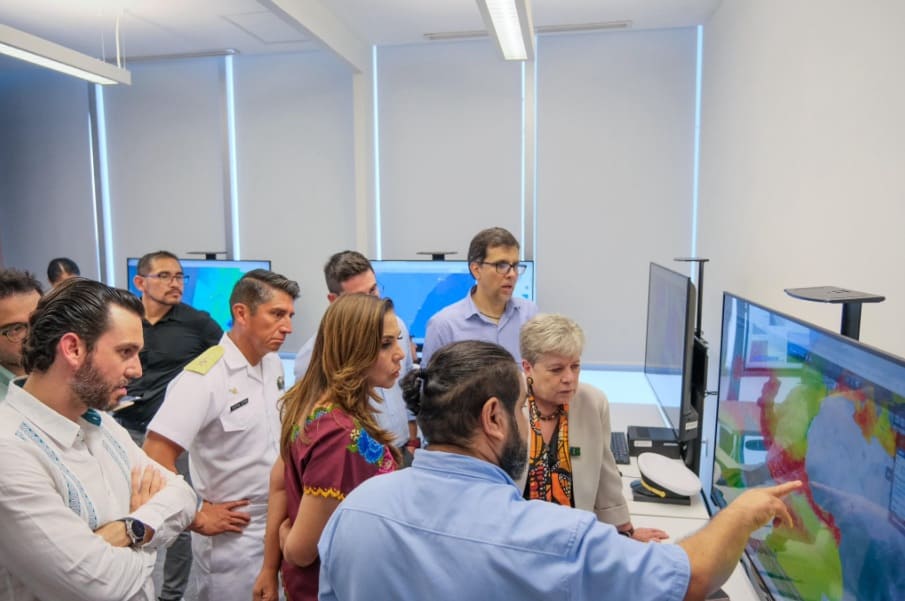
“But we’re the first Centre where we can physically see the sargassum. We can see how long it is, how wide it is, how deep it is, how far it is from the coast, how fast it’s moving and where it’s going to hit,” he explained.
The Centre, which began operating just over a month ago as a test, has been fully networked for operation. It is located in the facilities of the Security Complex (C5) in Cancun and uses satellite images from the European Space Agency (ESA).
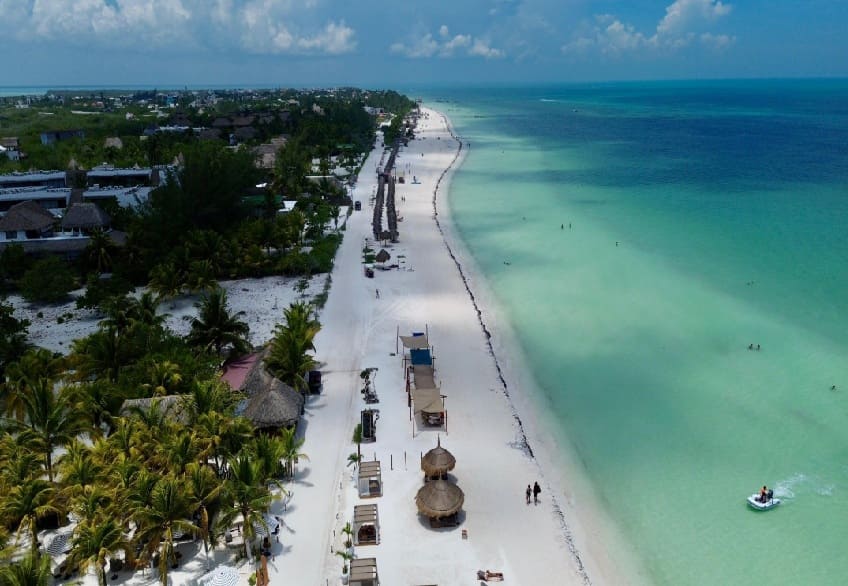
This connection with ESA allows for continued access to climate and oceanographic information, unlike other institutions whose information was restricted June 30 by the Defense Meteorological Satellite Program (DMSP) during the administration of President Donald Trump, Amaro explained.

